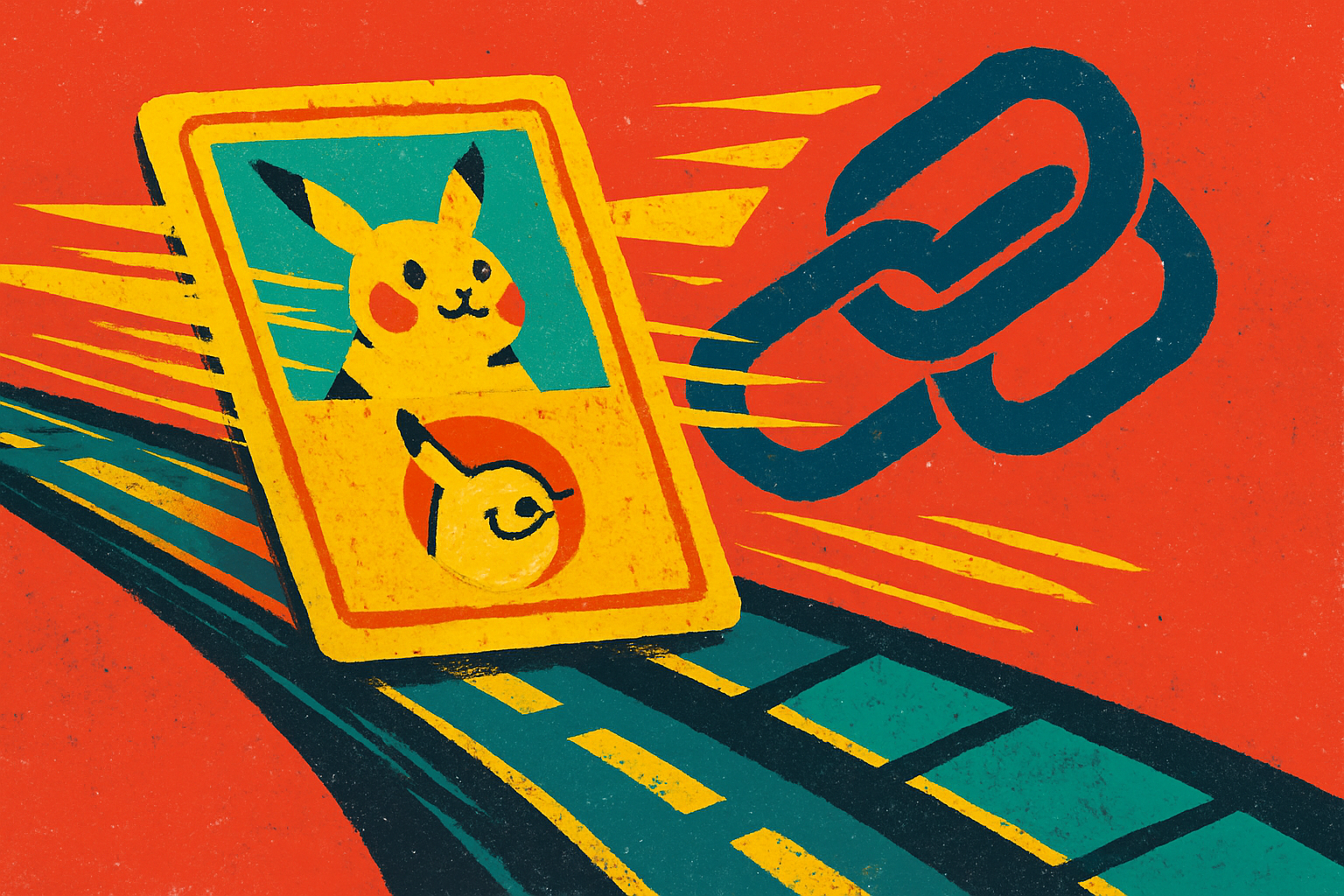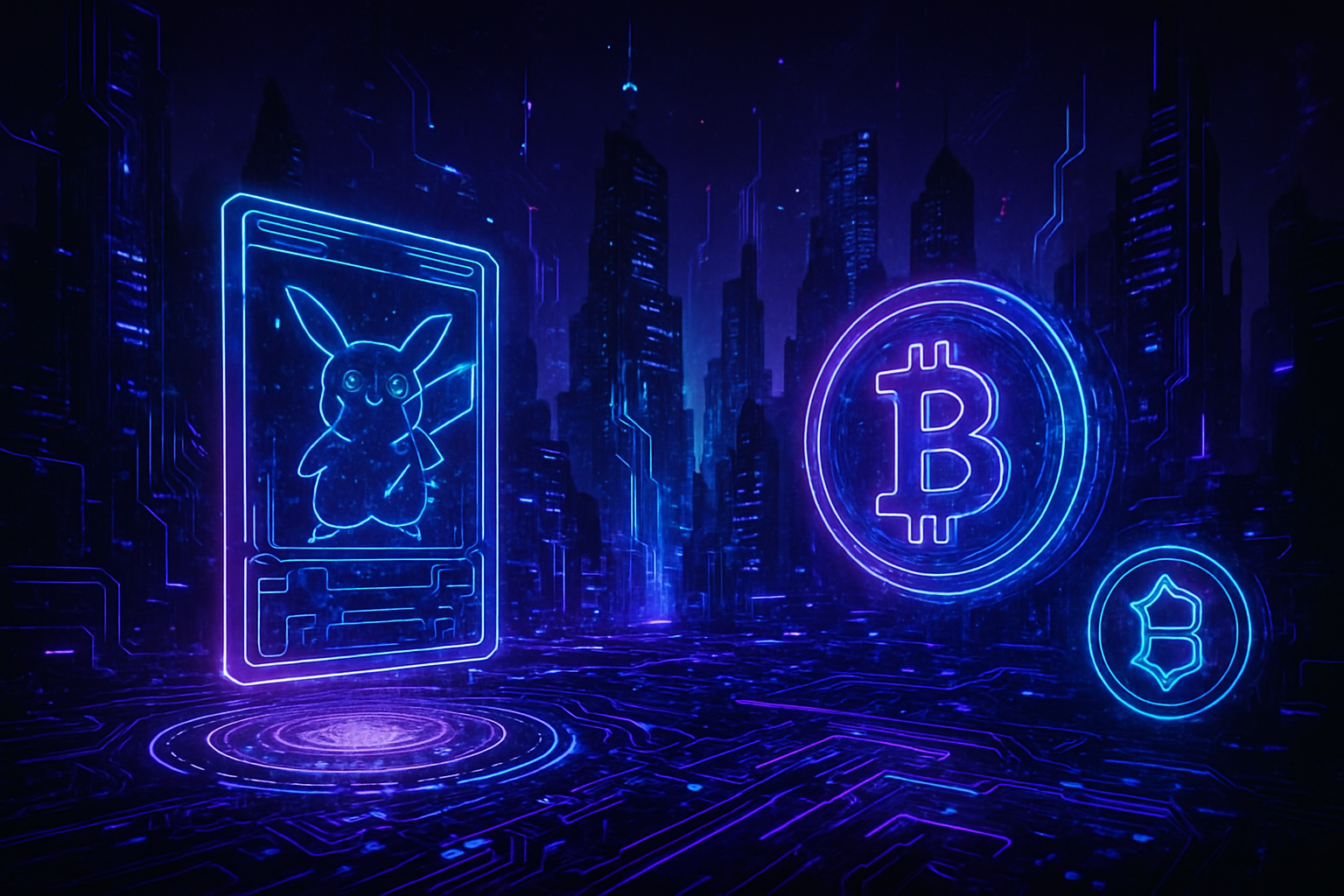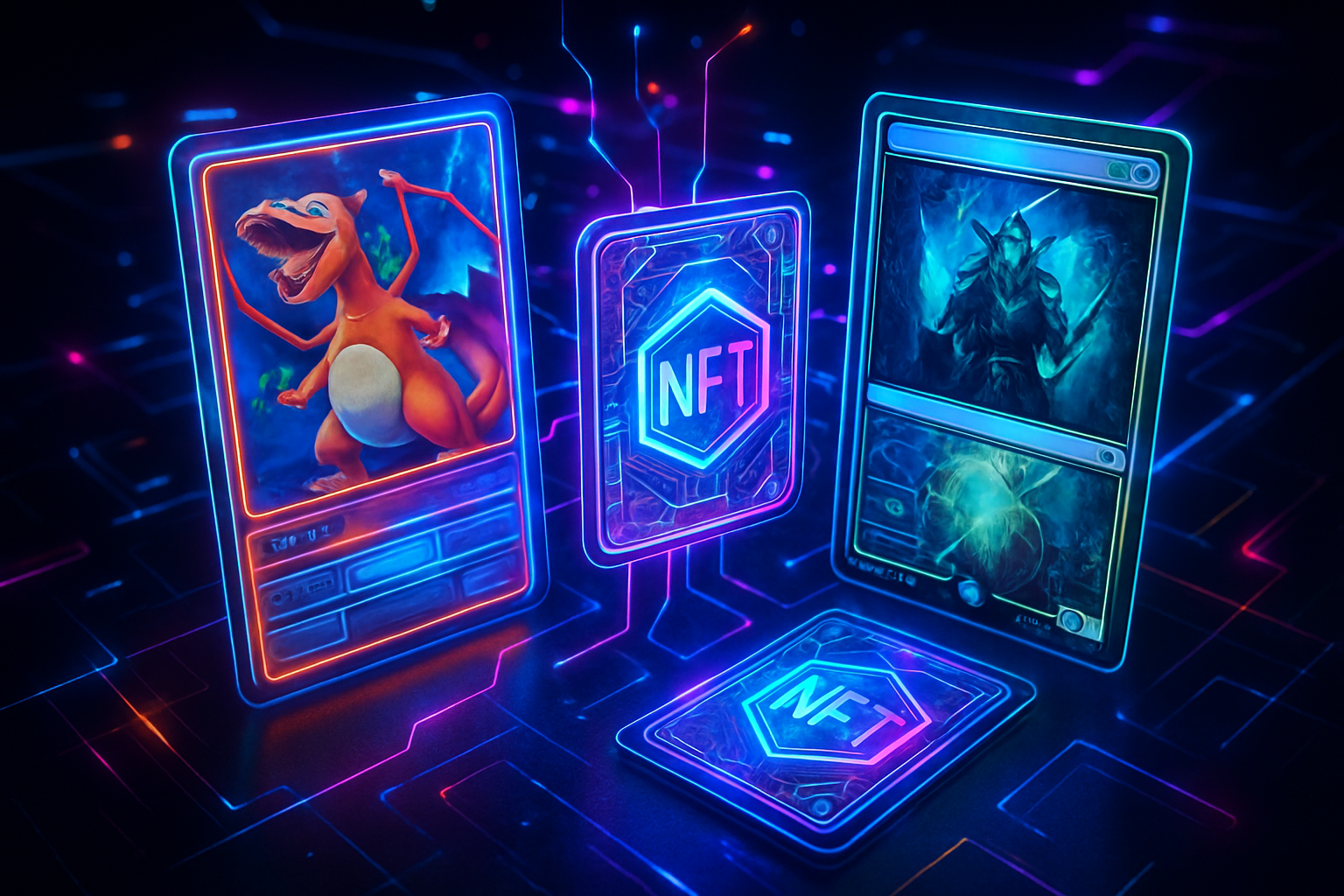
The world of trading card collecting is in the midst of a digital metamorphosis. For decades, Pokémon and Magic: The Gathering cards have been the crown jewels of collectors, prized for their rarity, nostalgia, and investment potential. Now, a new force is reshaping this landscape: Real World Assets (RWAs) tokenized as NFTs. By fusing blockchain technology with the tangible thrill of owning physical cards, platforms like Magic Eden, Holos, and Courtyard. io are unleashing a wave of innovation that’s democratizing access and turbocharging liquidity for collectible RWAs.
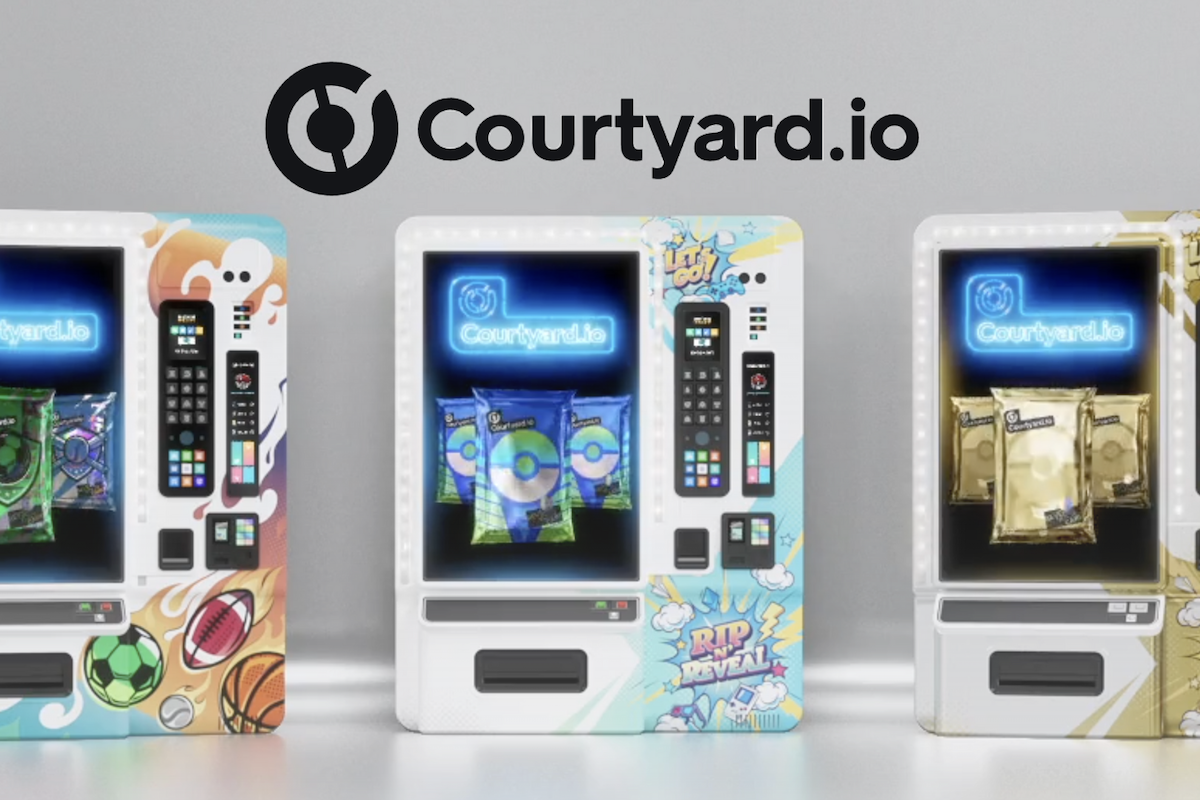
Tokenizing the Classics: How RWAs Meet NFTs
The core breakthrough lies in transforming physical trading cards into unique digital tokens provides NFTs backed 1: 1 by real-world assets. Each NFT represents legal ownership of an actual card securely stored by trusted custodians. This isn’t just a digital copy; it’s a verifiable claim to the underlying asset. The implications for authenticity and security are massive. No more worrying about counterfeits or shipping mishaps, ownership transfers instantly on-chain while the card itself rests safely in vaults managed by industry veterans like Brink’s or PWCC Marketplace LLC.
Magic Eden’s 2023 collaboration with Collector was a watershed moment. By launching 100 tokenized Pokémon cards as NFTs on Solana, they proved that legendary collectibles could thrive in the crypto ecosystem. Collectors could buy, sell, or redeem their NFT at any time for the physical card, a seamless bridge between nostalgia and next-gen finance.
The New Standard for Security and Global Access
This new era isn’t just about digitization, it’s about trustless global reach. Platforms like Holos (built on Polygon) have taken things further by enabling users to trade valuable Pokémon or Magic cards worldwide without ever touching the item until redemption. Each NFT is burned when you request delivery; until then, your asset sits safely in a Japanese vault, a clever solution to customs headaches and authenticity woes.
Holos’ approach exemplifies how blockchain collectibles can unlock new markets. Imagine a collector in Brazil instantly acquiring a rare Charizard from Tokyo without worrying about fakes or shipping delays. This is what makes pokemon cards crypto, magic the gathering NFT, and other RWA NFTs so compelling, they’re borderless by design.
Top Benefits of Trading Card NFTs vs. Traditional Collecting
-

Instant, Global Liquidity: NFT platforms like Magic Eden and Courtyard.io let collectors buy and sell tokenized Pokémon and Magic cards 24/7, reaching a worldwide audience without the delays of shipping or physical meetups.
-
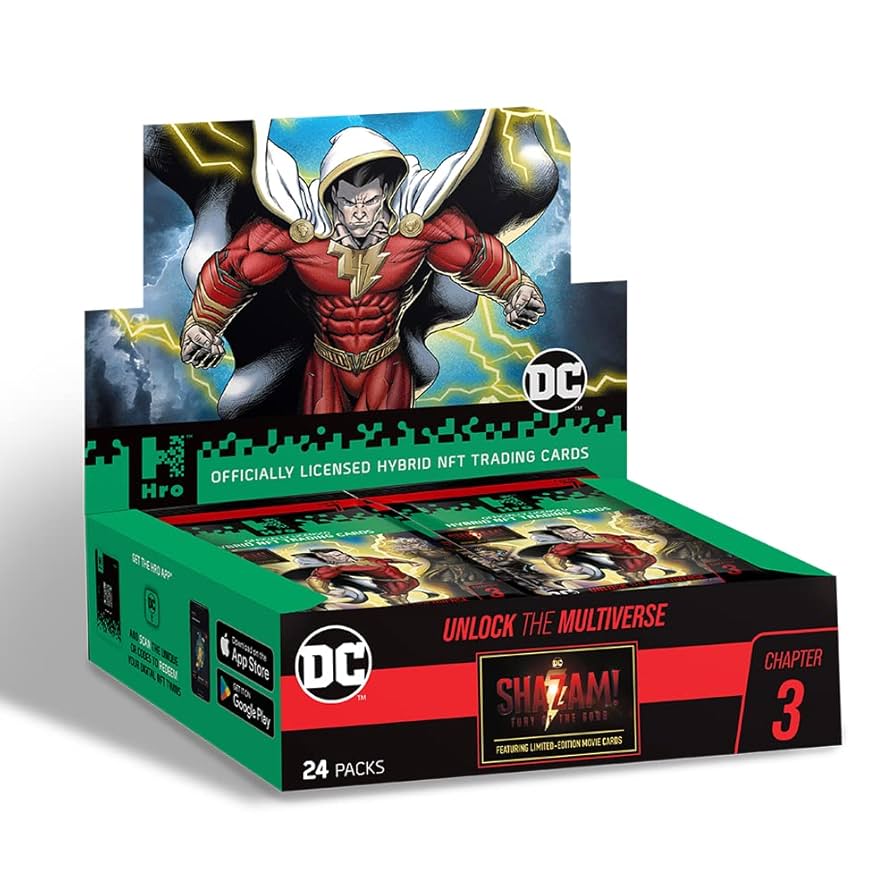
Verified Authenticity & Secure Storage: Services such as Holos and Courtyard.io guarantee each NFT is backed 1:1 by a real card, stored securely by trusted partners like Brink’s or PWCC Marketplace LLC—reducing risks of counterfeits or loss.
-
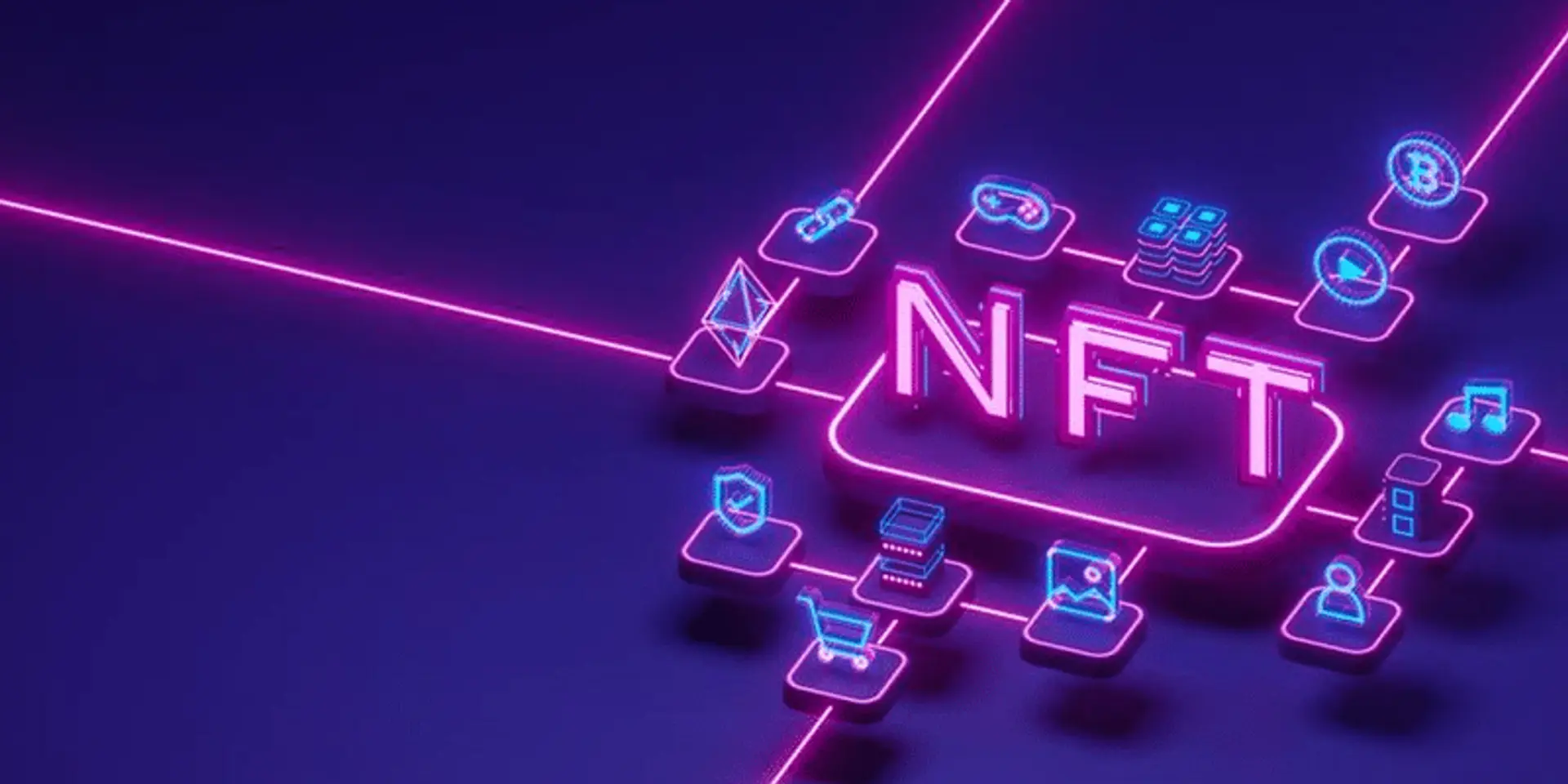
Effortless Ownership Transfer: NFT trading eliminates the hassles of shipping, customs, and inspection. Ownership is transferred instantly on-chain, and physical cards can be redeemed at any time—no more waiting for packages or dealing with postal issues.
-
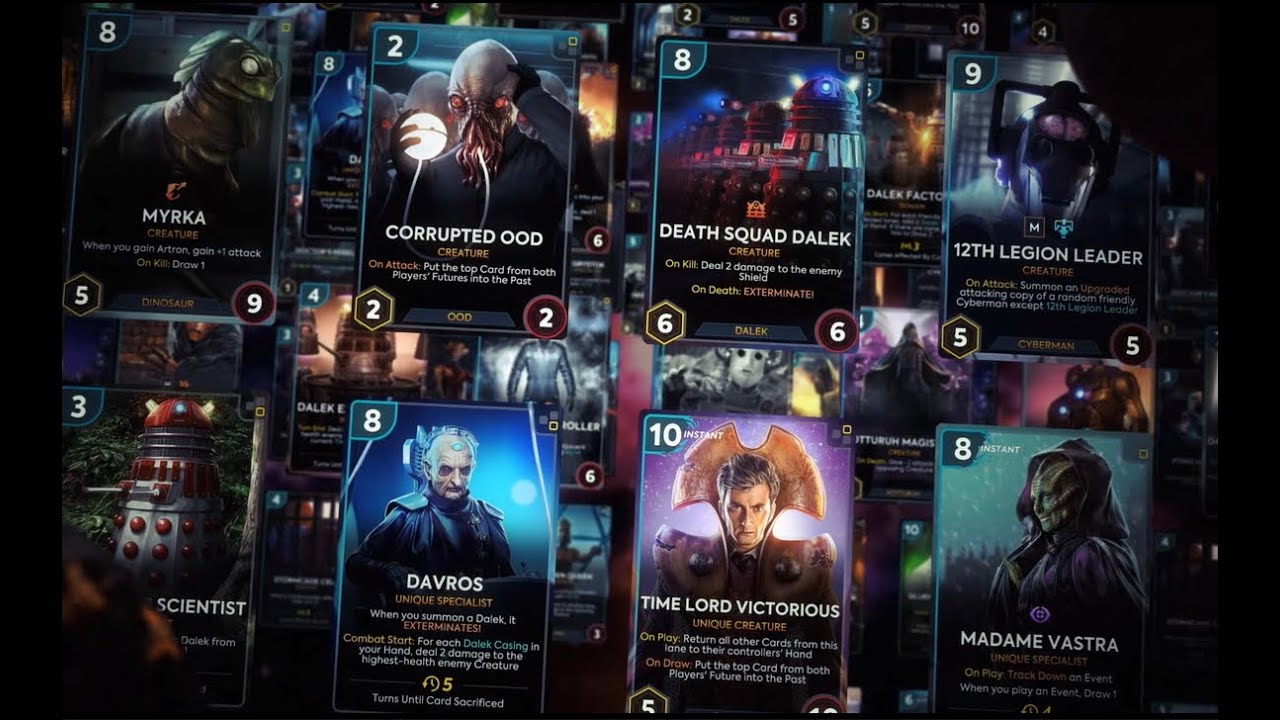
Enhanced Market Transparency: Blockchain records every transaction, providing a transparent history of card ownership and pricing. This helps buyers verify provenance and value, addressing common issues in traditional trading card markets.
-
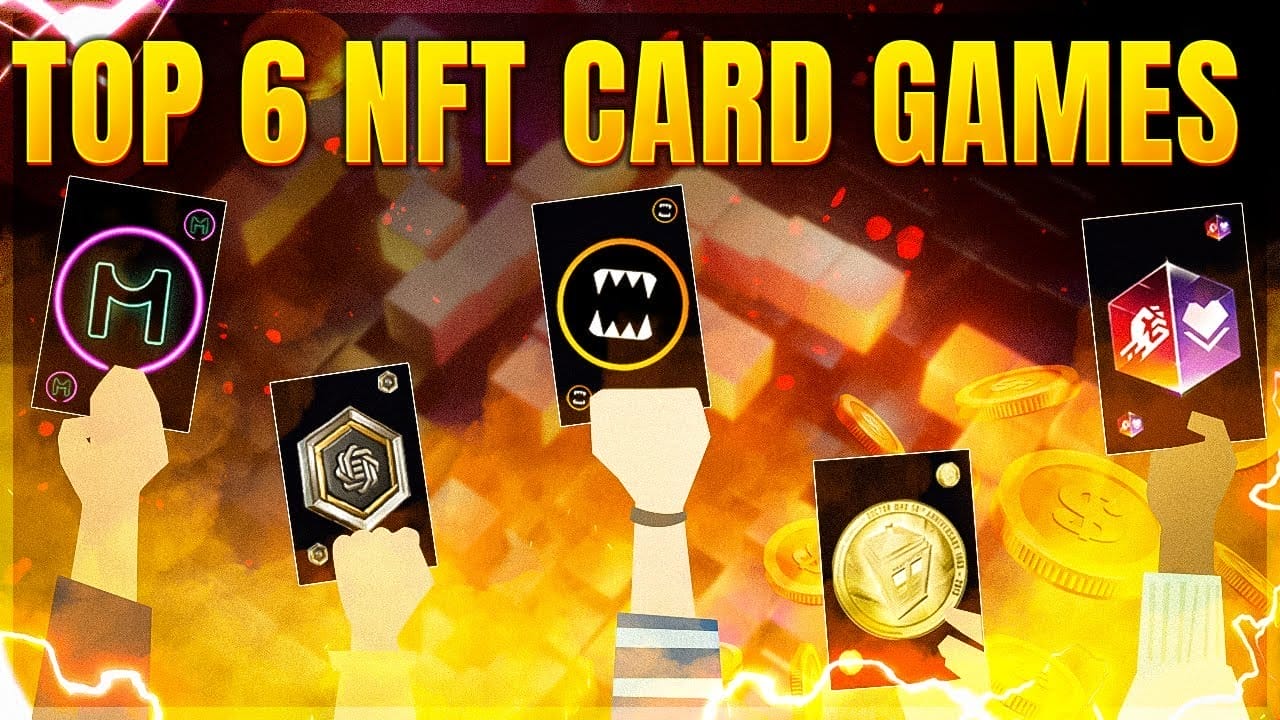
Broader Participation & Accessibility: Anyone with an internet connection can collect or invest in tokenized cards, opening up the market to new collectors globally and making high-value assets more accessible than ever before.
The Market Momentum Behind Tokenized Trading Cards
The numbers speak for themselves: RWA crypto tokenization has exploded into a $28.2 billion market in 2025 (Cointelegraph). While much of this growth has focused on traditional finance assets like stocks or bonds, trading card NFTs are rapidly catching up thanks to their unique blend of culture, scarcity, and utility.
Magic Eden’s Solana-based collection, Holos’ Polygon-powered marketplace, and Courtyard. io’s secure custody model all point toward one truth, the collector economy is going digital at warp speed. With every transaction recorded immutably on-chain and every asset authenticated by experts, these platforms are rewriting what it means to own, and invest in, collectible RWAs.
Yet, beyond the headlines and market stats, the most profound impact of tokenized trading cards is how they reimagine the collector’s journey. No longer bound by geography, language barriers, or even legacy auction houses, enthusiasts can now participate in a truly open global marketplace. Whether you’re hunting for a Shadowless Charizard or a Black Lotus, your options have multiplied, and so has your liquidity.
The rise of collectible RWAs as NFTs also means that price discovery is more transparent than ever. With every sale and transfer visible on-chain, buyers and sellers can benchmark valuations in real time. This reduces information asymmetry and levels the playing field for new entrants and seasoned collectors alike.
NFT Utility: More Than Just Ownership
What sets RWA NFTs apart from static digital art is their dynamic utility. Tokenized Pokémon cards on platforms like Courtyard. io aren’t just proof of ownership, they’re programmable assets. Smart contracts can automate royalties for creators, unlock special event access for holders, or even enable fractional ownership for high-value grails. Imagine co-owning a $100,000 Magic card with fans around the world or using your NFT as collateral in DeFi protocols, use cases that were once science fiction are now at our fingertips.
This programmable layer is why blockchain collectibles are so much more than digital trophies. The ability to instantly redeem an NFT for its physical counterpart, or to trade it 24/7 without middlemen, gives collectors unprecedented control and flexibility.
Challenges on the Road to Mainstream Adoption
No revolution comes without hurdles. For all their promise, tokenized trading cards face real-world challenges: regulatory uncertainty around asset-backed NFTs, varying international shipping laws, and onboarding friction for non-crypto natives. Custodians must maintain ironclad security protocols while educating users about wallet safety and blockchain basics.
The good news? Leading platforms are iterating fast. Secure storage partners like Brink’s and PWCC are setting industry standards for transparency and insurance. Meanwhile, UI/UX improvements are making it easier than ever to mint, buy, or redeem NFT-backed cards, no PhD in cryptography required.
Why This Matters Now: The Future Is On-Chain
The fusion of NFT utility for trading cards, robust custody solutions, and borderless marketplaces isn’t just a trend, it’s a tectonic shift in how we value culture as an asset class. As more legendary Pokémon and Magic cards become tokenized RWAs, expect new forms of community engagement: from DAOs voting on which grails to tokenize next to real-time analytics dashboards tracking global demand spikes.
The future of collecting will be shaped by these innovations, where rarity meets liquidity meets programmability. For old-school hobbyists and crypto-native investors alike, this is the dawn of a new era where passion assets finally get their due as serious financial instruments.
Do you prefer owning physical trading cards or NFT-backed versions?
With platforms like Magic Eden, Holos, and Courtyard.io enabling Pokémon and Magic cards to be tokenized as NFTs, collectors can now choose between traditional physical ownership and secure, globally accessible digital assets. Which do you prefer?

